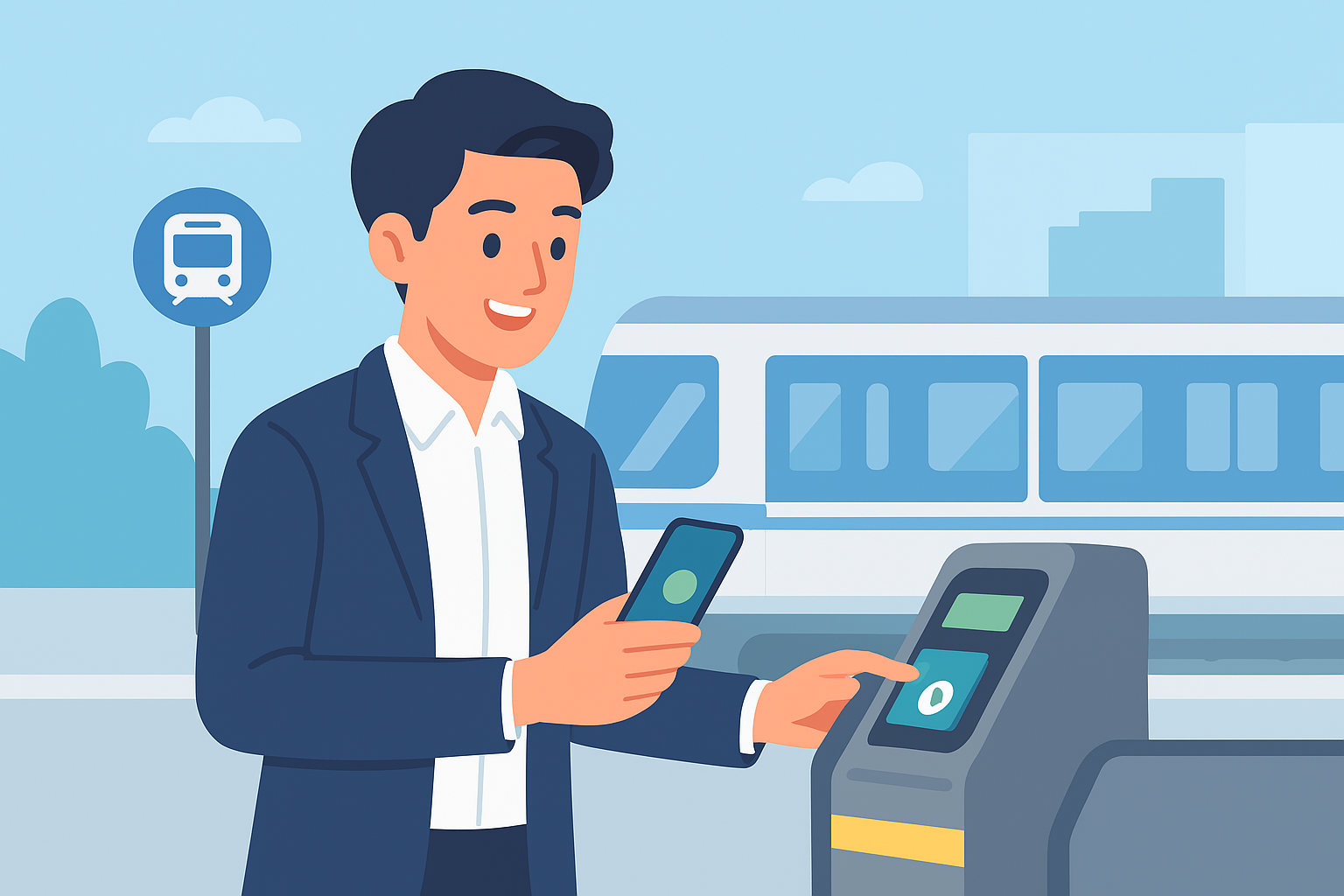Introduction: Why soutaipasu is more than just a pass
If you live in a city where public transportation is part of daily life, you’ve probably heard about soutaipasu. In Japan, this system began as a simple commuter pass that allowed unlimited rides between two stations for a monthly fee. But over time, soutaipasu has become much more than a ticket—it’s now a powerful tool that combines travel, payments, and even lifestyle benefits.
For workers, students, and regular travelers, soutaipasu is an everyday lifesaver. It cuts down on costs, saves time, and makes commuting predictable. But what makes it even more interesting is how it blends seamlessly into daily routines. Today, you can not only use it for transport but also for shopping at convenience stores, grabbing coffee, or even paying at vending machines. Soutaipasu represents the future of urban convenience.
What exactly is soutaipasu?
At its simplest, soutaipasu is a prepaid travel pass. Instead of buying tickets every time you board a train or bus, you purchase a soutaipasu for one, three, or even six months. The pass gives you unlimited rides within the routes you select. That means whether you’re a student commuting to school or an employee traveling to the office, you always know your monthly travel cost in advance.
But soutaipasu has adapted to modern needs. The old paper passes are nearly gone—now, most are digital cards or mobile apps. These smart versions don’t just open station gates; they act like digital wallets. You can tap them to pay for snacks, drinks, or even meals at participating stores. With auto-recharge features, you also don’t need to worry about running out of balance.
“Soutaipasu started as a ticket but evolved into a pocket-sized lifestyle assistant.”
Key benefits every user should know
One of the biggest reasons people love soutaipasu is cost savings. If you’re traveling the same route daily, the math is simple—monthly passes cost much less than buying single tickets every day. For example, a student commuting to university can save up to 25–30% per month. It’s predictable, budget-friendly, and stress-free.

But soutaipasu isn’t only about money. It’s about time and convenience. With soutaipasu, you skip long queues at ticket counters and simply tap to enter. Many versions also work on buses, giving you smoother travel across different modes of transport. And because it’s linked to digital wallets, you can also grab a drink, shop, or eat without carrying extra cards or cash.
“Soutaipasu saves minutes every day—but over months, it saves hours of your life.”
Soutaipasu Benefits vs Limitations
| Factor | Benefits | Limitations |
| Cost | Lower than daily ticket purchases | Less useful for occasional travelers |
| Time | No queues, instant entry | Fixed to specific routes |
| Lifestyle | Works for shopping + dining | Not all stores accept it |
| Flexibility | Covers trains + buses in many cities | Limited coverage in smaller areas |
| Technology | Auto-recharge + tracking options | Dependent on card or phone battery |
Soutaipasu vs other global systems
Soutaipasu isn’t the only commuter pass in the world, but it’s among the most advanced. In London, the Oyster card provides simple travel access, while in New York, MetroCard and OMNY handle subway rides. The difference is that soutaipasu goes beyond travel. You can buy lunch, snacks, or even small groceries with the same card.
Another key difference is budget predictability. Global systems often work on a pay-as-you-go basis, which means costs can vary. Soutaipasu fixes your travel expense at a flat monthly rate, which is a huge relief for families managing tight budgets. The Japanese model offers stability and integration that most other cities are still trying to achieve.
The role of soutaipasu in smart cities
The future of soutaipasu lies in smart city ecosystems. As urban areas move toward becoming fully digital, soutaipasu is already positioned to be a central player. Imagine walking into a train station where gates open automatically using facial recognition instead of cards. Japan is already experimenting with this kind of biometric soutaipasu.

Another exciting possibility is eco-friendly integration. Cities want to reward sustainable choices, and soutaipasu could play a big role. Commuters who bike to stations, use green buses, or travel outside peak hours could get discounts or points through soutaipasu. This makes the pass not just a convenience tool but also a way to encourage eco-conscious living.
“Smart cities need smart passes—and soutaipasu is already leading the charge.”
More Read About: Hidden Dangers & Strong Benefits of 1c4rjjbg4m8213
Soutaipasu vs Traditional Tickets
| Category | Soutaipasu (Smart Pass) | Traditional Tickets |
| Cost | Fixed monthly cost, saves money | Daily purchase, more expensive long-term |
| Time | Quick scans, no waiting in line | Queues at counters or machines |
| Integration | Works for transport + payments | Only covers travel |
| Rewards | Discounts and loyalty points are possible | No extra benefits |
| Experience | Streamlined, tech-driven, stress-free | Manual, repetitive, outdated |
Challenges and downsides users should consider
No system is perfect, and soutaipasu has its drawbacks. The biggest limitation is route restriction. If your daily travel pattern changes, soutaipasu may not cover your new route, making it less practical. For occasional travelers or tourists, a single or prepaid ticket might be more cost-effective.
Technology dependence is another challenge. Digital soutaipasu cards and apps rely on charged phones or functioning cards. A dead battery or lost card can create sudden barriers. Lastly, not all providers offer equal perks like discounts or loyalty programs, so experiences vary. Being aware of these limits helps you use soutaipasu wisely.
“Soutaipasu is powerful when your life is predictable—but less helpful when it isn’t.”
Conclusion: Why soutaipasu matters in 2025
Soutaipasu has grown from a basic travel pass into a multi-functional lifestyle tool. It saves costs, reduces stress, and integrates daily travel with payments. While it has its challenges—like route limits and tech dependency—it remains one of the most forward-thinking commuting systems in the world.
Looking ahead, soutaipasu will likely influence how global cities design their transport and payment systems. It represents a future where commuting is effortless, payments are seamless, and lifestyles are smarter. Whether you’re in Japan or just curious about innovations shaping tomorrow, soutaipasu offers lessons worth paying attention to.
FAQs on Soutaipasu
Q1: What does soutaipasu mean?
It’s a Japanese term for a “commuter pass,” which provides unlimited rides on specific routes for a set period.
Q2: Is soutaipasu only for trains?
No, many versions also work for buses and payments in stores, restaurants, and vending machines.
Q3: Who should buy soutaipasu?
It’s best for daily commuters—students, workers, and anyone traveling the same routes often.
Q4: Does soutaipasu save money?
Yes, regular users often save 20–30% compared to buying single tickets daily.
Q5: What’s the future of soutaipasu?
Expect biometric passes, AI route guidance, and eco-friendly reward systems in smart cities.
Share this content:



![Unbreakable Bond: Intimate Look at Enduring Ken Dudney Family Legacy [2024] Ken Dudney family](https://streameastbaddiehub.com/wp-content/uploads/2025/10/portrait-affectionate-loving-family_11zon-150x150.jpg)








One thought on “How-To-Guide: Mastering the Hidden Power of Soutaipasu (2025)”